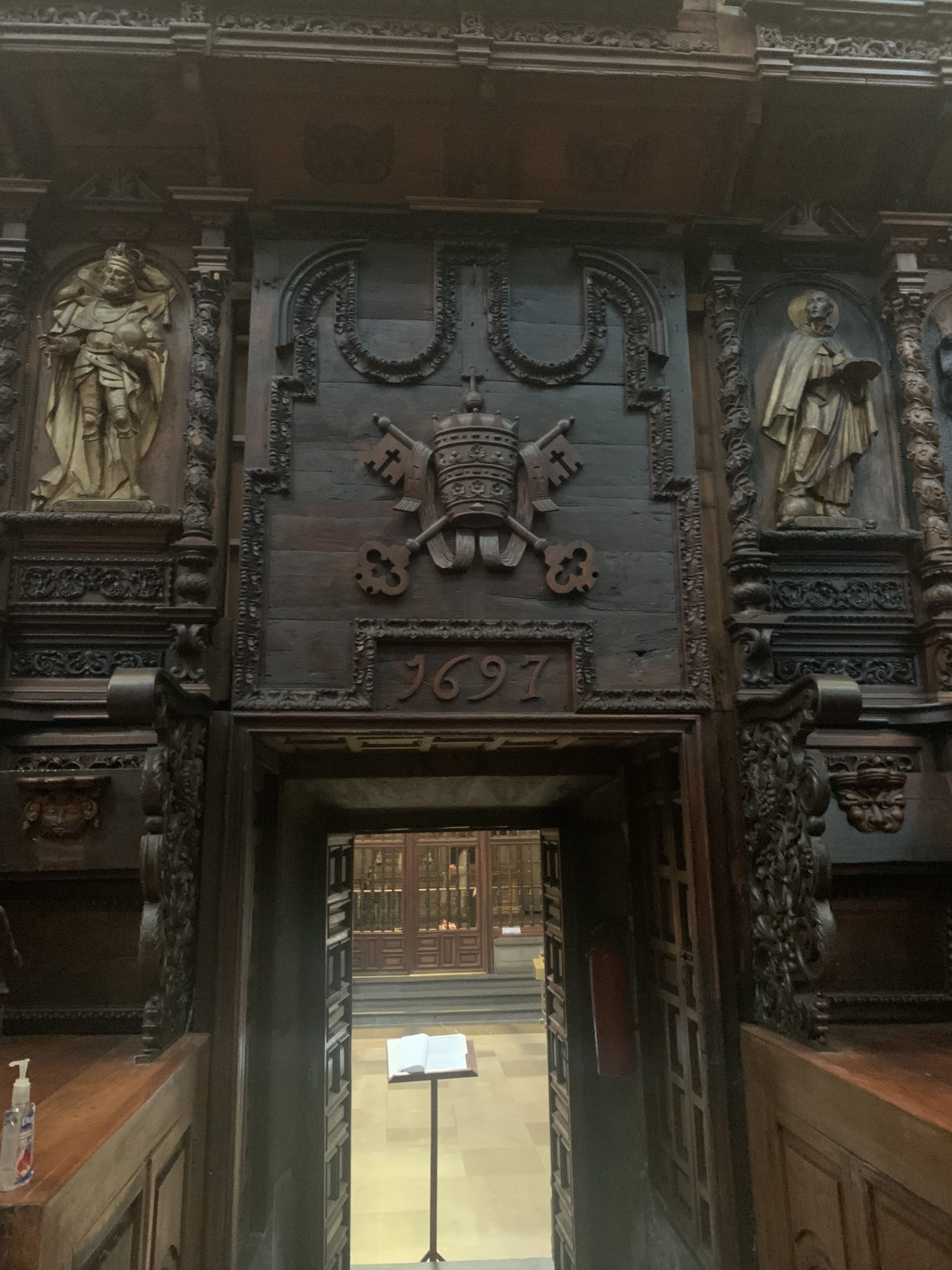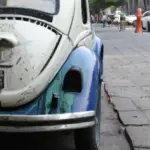Mexico City’s Metropolitan Cathedral (Top 7 Facts)
If you read my previous article about the different kinds of art in Mexico City, you’ll realize that I hired a local tour guide to show me Mexico City’s culture. One of the first places we went to was Mexico City’s Metropolitan Cathedral also known as Metropolitan Cathedral of the Assumption of the Most Blessed Virgin Mary into Heaven.
One of the things I mentioned about my tour guide from Mexico City was that he holds an advanced degree in Mexican literature. The entire tour, I felt like I was walking with a human version of the Encyclopedia. It was great actually. I’ve accidentally learned more about Mexican history than I first imagined.
I thought I could share what I’ve learned from people like my tour guide, and from my personal experiences visiting this 16th century Cathedral. Below I’ve created a list of 10 interesting facts on Mexico City’s Metropolitan Cathedral.
1. It Took 240 Years to Build
The Cathedral initially started in 1573 after the Spanish conquest of the Aztec empire. The church site was built over time and in sections. Because of the length of time it took to build, it became a site of solidarity among the community as well as a melting pot of architectural styles.
Its construction brought in people from a varied sort of people from different social classes to generations to work on it. Including various sectors of ecclesiastical, and government authorities.
Another outcome of the length it took to build was the style in which the Cathedral was constructed. Influences from across generations brought with it a relic from Baroque, Churrigueresque, Gothic and Neoclassical styles.
2. You Can See the Cathedral Sinking
(The entrance of Mexico City’s Metropolitan Cathedral has large wooden doors. Supposedly they are the same doors as when it was originally built.)
If you walk into the Cathedral, you will immediately notice the floors seemed uneven to walk on top of. The rest of the place looked fine. There was something odd about the floors. So I asked my tour guide the reason.
He mentioned the Cathedral was sinking! But it turns out this was an issue that has been addressed. Due to dropping water tables, this area of Mexico City is actually sinking.
Luckily, the Cathedral was added to the World Monuments Fund. So restoration began back in the 1990s. In 2000 it was removed from the World Monument Fund’s 100 most endangered list.
3. Fire Melted the Church Organ Pipes
In 1967 a fire began due to an electrical short circuit that almost burned down the church. Most of the damage occurred on the Altar of Forgiveness. It affected much of the church’s structure.
The majority of the choir area’s seating was burned. Three paintings were lost. And two of the organ’s suffered melted pipes. Just to name a bit of the damage.
It seemed more efficient to tear down the choir area. But the ecclesiastical authorities were intervened by the government. Instead of destruction, restoration work would begin in 1972.
4. Hernán Cortés Laid the First Stone
Hernán Cortés was the leader of the Spanish conquistadores. He eventually brought down the total demise of the Aztec empire. The church was a symbolic move for the Spaniards as an accomplished conquest and a way to consolidate power.
It was built on top of a sacred site by the Aztecs’ Templo Mayor. To which Hernán Cortés laid the first stone to construct the edifice.
5. It was Built on top of a Sacred Aztec Site
The Templo Mayor was the main temple of the Aztecs. It was named after their god of war and the god of rain. The temple was a pyramid with a dedicated staircase for each god. It led to the top of the pyramid which held the shrine for the gods.
After the Spanish conquistadors conquered the capital of the Aztec empire. They decided a way to consolidate power was to create the church on top of an Aztec sacred site. Thus they build the church on top of this sacred Aztec site.
6. There is a Crypt Underneath
Underneath the Altar of the Kings, there is a crypt. It is mostly filled with archbishops of the church. Since the appropo name of the Crypt of the Archbishops.
I was lucky to have been able to see the church from the inside not long after the pandemic. Unfortunately not all parts of the church were open. I think it was due to the pandemic reasons that some parts were closed including the crypt. But I’m not sure how it is now.
7. It is a Scene for Displays of Social Issues
Throughout the hundreds of years the cathedral has been around, many events have occurred out of the current state of affairs. One being a candlelight vigil for those who have suffered violence.
It has also had quarrels with the government. This includes protests by affiliated government supporters. For instance in November 2007, a group of 150 protesters entered the cathedral and proceeded to knock down pews while chanting slogans.
Visiting the Cathedral
Would I recommend this place? Yes, of course. It’s a building with such cultural and historical significance. To go here and understand its history, ties you closer to understanding Mexican society.
Google Maps: https://goo.gl/maps/kwdAZaeFdRr7BtAEA
Instagram: https://www.instagram.com/explore/tags/cathedralmetropolitana/
Hours of Operation: 9:00 AM to 5:30 PM daily




